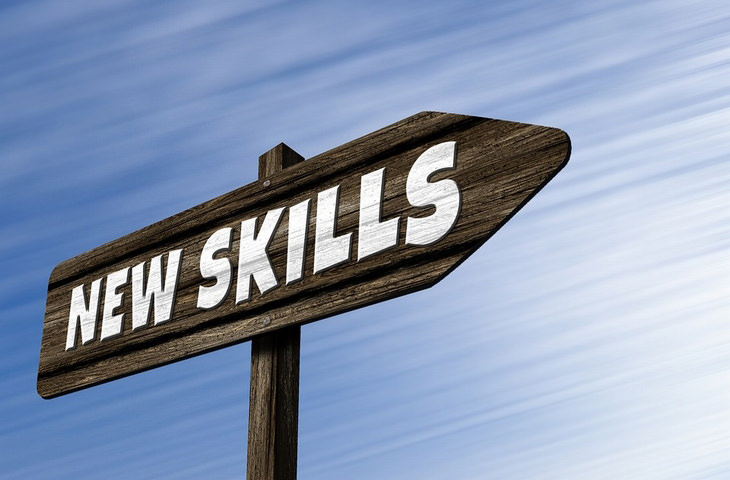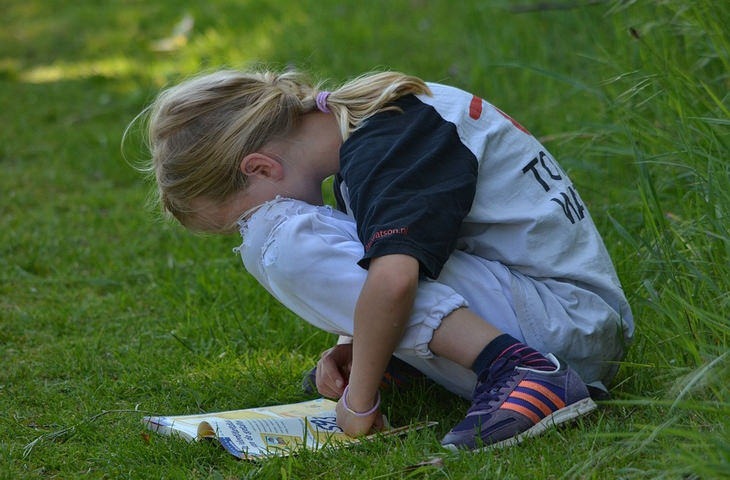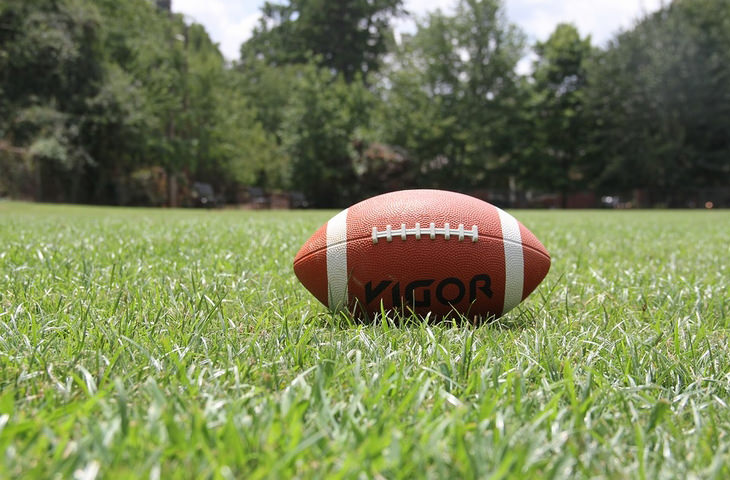
Have you ever wondered about the science behind how we learn? It’s the skill of learning itself that affects our ability to take in and retain information. Cognitive science is devoted to studying how people actually learn, and the discoveries made in the field to date have had a great impact on shaping methods in academic institutions the world over. Here are 9 tips to help you and your kids learn faster:

Let’s take the example of learning how to play the guitar. This process starts by an individual learning a few easy chords first, as well as how to strum the instrument correctly and put the chords together. As more and more chords are learned and the individual’s technique improves, this process gradually adds up to them learning the entire guitar-playing skill. This concept is applicable to both mechanical and fact-based learning.
2. Multitasking doesn’t work for storing new information.
Although many believe otherwise, multitasking is actually a myth. The human brain is simply incapable of paying equal attention to two simultaneous tasks. Using the above reasoning, the best way to go about learning is to break a task down into individual steps. In addition, it’s also absolutely crucial to devote your full energy and attention to each step. Note that when you get distracted, it can take you approximately 25 minutes to regain your focus on the task at hand.
It’s better to do things step by step rather than attempting to multitask. If you attempt to multitask to learn something new, you’re likely to only gain a partial understanding of various different skills or concepts without acquiring a mastery of any.
3. Write down what you’ve learned for better recall.
A 2014 study found that students who took the time to write down what they were studying or learning actually managed better recall than their counterparts that typed notes on their laptops. Not only were they better at recalling facts, they also were better at sorting out complex ideas and synthesizing information.
Researchers theorize that physically touching pen to paper creates a much stronger cognitive link to the material being written about than typing does. This is because the act of typing occurs much too quickly for retention to take place. The act of writing something forces you to confront ideas head-on, and thus better recall.
4. Mistakes are cause for celebration.
Fundamentally, the learning process is concerned with making attempts, failing at those attempts, then finding a lesson about what caused the failure and how to avoid another one when a new attempt is made in the future. Cognitive science has shown that the brain actually reserves a space for the mistakes we make. This is to allow us to recruit memories to do better at our next attempt.
5. Optimism will help you attain success.
It’s highly important that children are taught to see learning as exploration. This will help to instill a sense of determination, which will help them when the going gets tough for them in the learning process. On the other hand, if the learning process is conducted with lots of negative reinforcement, children can end up being filled with self-doubt and anxiety. These two things are the antithesis to positive learning.
6. Make topics for learning as exciting as possible.
Educators should always go out of their way to tie cold, hard facts to something weird and wacky. If there’s a sense of fun that’s coupled with the actual core of the learning, then there’s a greater chance for the things being learned to be memorized.
An example of this is when a former US memory champion named Joshua Foer memorized a full deck of playing cards in under two minutes by tying each card to a weird image. The same can be done with children for things such as times tables.
7. Reading faster = learning faster. 
Training one’s brain to process words more quickly is great for getting them accustomed to reading entire strings of words, rather than imagining each one individually, which slows everything down. The premise of this idea is simple – faster reading allows for faster learning. The best way to achieve this is to pick up the pace of reading gradually.
Scientific studies have shown that a strong work ethic can have a highly positive impact on the brain. For example, a 2004 study showed that the act of juggling produced more grey matter in the brain. When the individuals under observation ceased to juggle, the grey matter disappeared.
In neuroscience, this process is known as pruning, and it refers to new pathways that are formed in the brain as a result of doing an act over and over again. At some point, the newly-developed neurological connections become a permanent fixture in an individual’s brain.
9. Use what you know to learn what you don’t. 
Sometimes, children have problems wrapping their heads around a new area of learning, so it’s always a good idea to help them by associating it with an area of learning they’re already familiar with. This is a practice known as associative learning.
An example of this is a student who likes football. Although he may find it hard to understand the concepts related to differential calculus, he may be able to grasp them more easily if the similarities between a spiraling football pass and the slope of a curve are outlined to him.
Content source: Science Alert